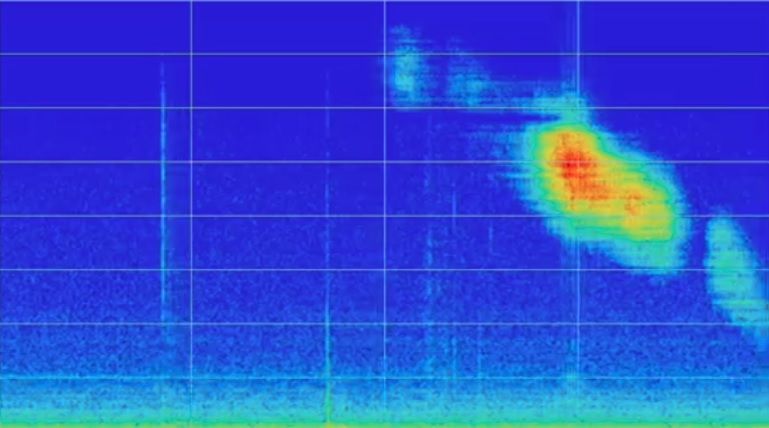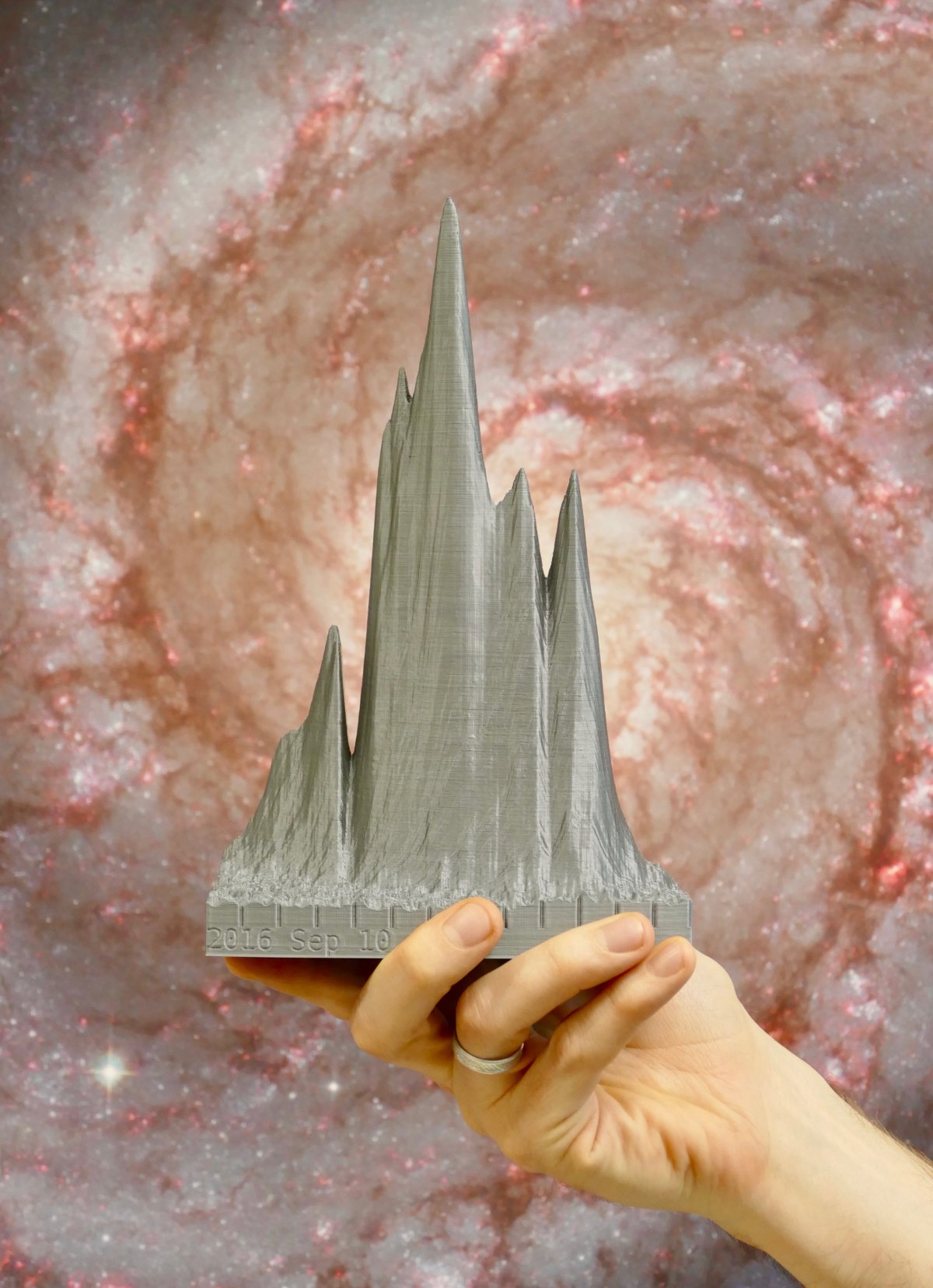
Billions of light-years away, short, sharp radio signals ripple through deep space. Lasting only a fraction of a second, most play out alone. Just one of these fast radio bursts has been found to flash again and again: FRB 121102. Now, scientists might have figured out the physical source of this mysterious extragalactic beep.
Published in Nature, results show the signals might emanate from a neutron star in an extreme environment of "unprecedented" power. It could be sitting near a massive black hole or in a particularly potent interstellar cloud, or nebula.
"Fast radio bursts are short-duration radio flashes that we think originate from very deep in extragalactic space," co-author and associate professor at the University of Amsterdam Jason Hessels, explained to Newsweek. "Only one of the 30 known fast radio burst (FRB) sources is known to repeat: FRB 121102."
Researchers used the Arecibo Telescope in Puerto Rico and the Green Bank Telescope in West Virginia to detect the signals. "The radio flashes are very weak, so we need the world's largest radio telescopes to detect them," Hessels said. "Radio telescopes have quite small fields of view so you have to be very lucky to be looking in the right direction at the right time."
Last year, the team localized the source of the weird signals to a star-forming region in a "puny" dwarf galaxy more than three billion light-years from Earth. The big mystery today, Hessels says, is what causes these repeating fast radio bursts.
"Almost unprecedented" astronomical source
The team's data reveal that FRB 121102's bursts are polarized. Scientists have observed an effect called the Faraday rotation, which "twists" the radio waves as they travel through a magnetic field. This is similar to the way polarized sunglasses filter bright light reflected off water. As Hessels explained, the stronger the field, the stronger the twisting of the waves.
"Here we see a twisting that is so extreme that it is almost unprecedented for an astronomical source of radio waves," he said. "No other FRB source has shown the extreme "twisting" of the radio waves that FRB 121102 has shown us."
This suggests the signals are passing through an incredibly strong magnetic field. Based on observations from our own galaxy, this could mean the source is close to a powerful black hole.
"The only known sources in the Milky Way that are twisted as much as FRB 121102 are in the Galactic center, which is a dynamic region near a massive black hole. Maybe FRB 121102 is in a similar environment in its host galaxy," Daniele Michilli, a doctoral candidate at the University of Amsterdam, said in a statement.
Alternatively, the source could be nestled in a powerful nebula or the remnant of a supernova.
A neutron star?
Hessels and team believe a neutron star sitting in one of these extreme magnetic environments could be the source itself. He says: "The bursts sometimes last for only a few tens of microseconds. The shorter the durations of the bursts, the smaller the region/object that is creating them, roughly speaking."
Neutron stars are already known to produce radio flashes as pulsars. At only about 12 miles across, the team believe they are a natural candidate for the repeating radio bursts.
"What's more, the polarization properties and shapes of these bursts are similar to radio emission from young, energetic neutron stars in our galaxy. This provides support to the models that the radio bursts are produced by a neutron star," Andrew Seymour, an astronomer at Arecibo Observatory, said in a statement.

True source remains unknown
However, the mystery of FRBs is far from solved. "The interpretation of what produces that environment is a matter of debate," Hassels said. "I'm sure that there will be many papers in the coming weeks that try to come up with other explanations for what we're seeing."
The signals—whatever their cause—can teach scientists about the nature of space itself. "More broadly, fast radio bursts probe the extremes of the universe, which are important for understanding because extreme astronomical sources have a large role in shaping the way the universe looks," Hessels said. "Think of them like a flashlight illuminating all the stuff we wouldn't otherwise see."
One thing we do know is that FRB 121102 probably isn't coming from little green men. Instead, Hessels adds: "We have lots of good ideas of natural sources that can produce this kind of emission."
Uncommon Knowledge
Newsweek is committed to challenging conventional wisdom and finding connections in the search for common ground.
Newsweek is committed to challenging conventional wisdom and finding connections in the search for common ground.
About the writer
Katherine Hignett is a reporter based in London. She currently covers current affairs, health and science. Prior to joining Newsweek ... Read more
To read how Newsweek uses AI as a newsroom tool, Click here.








